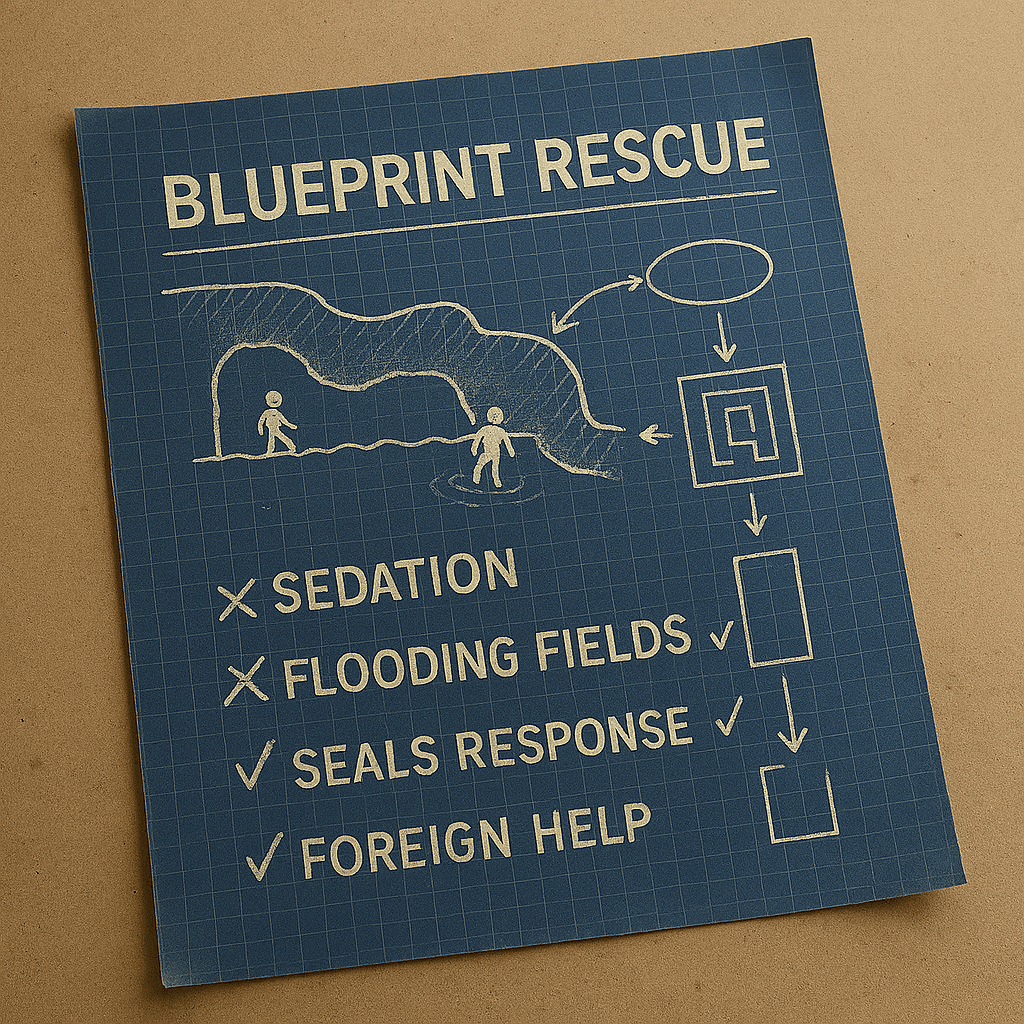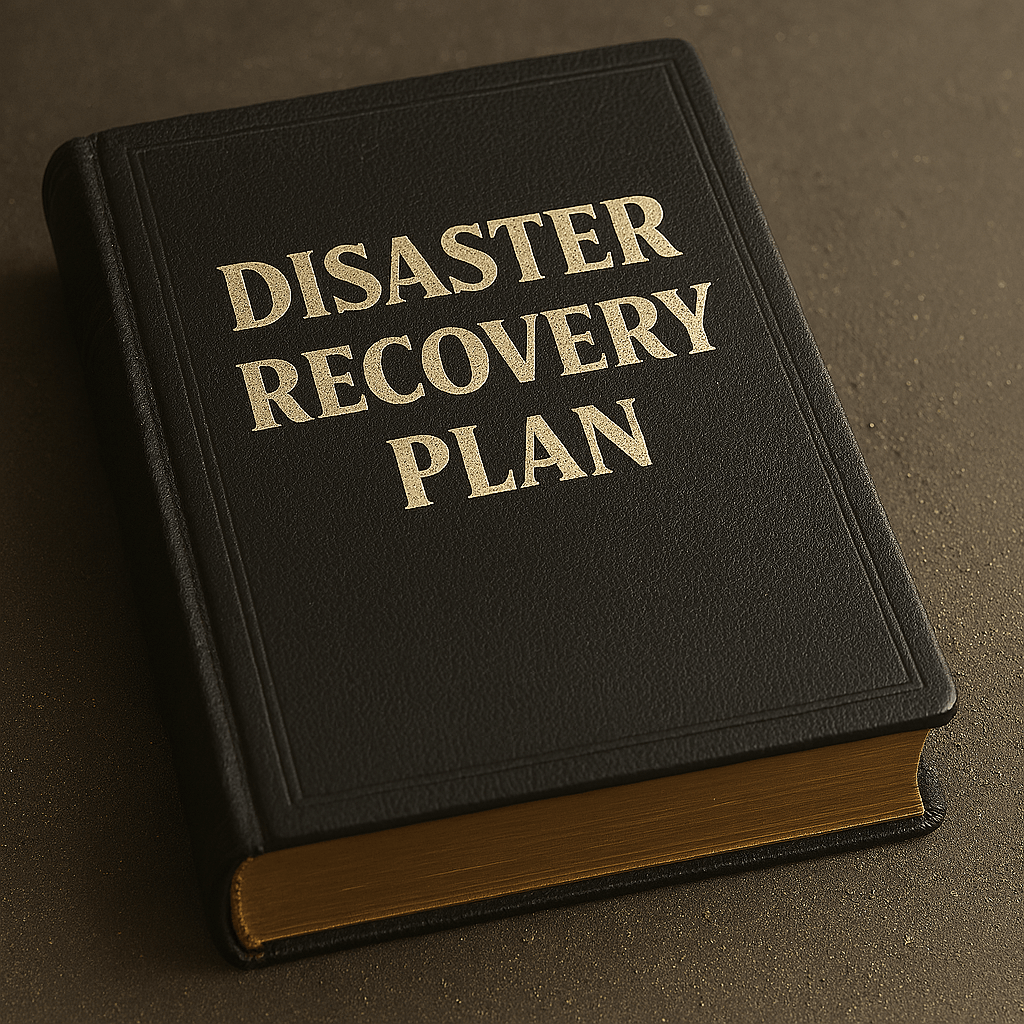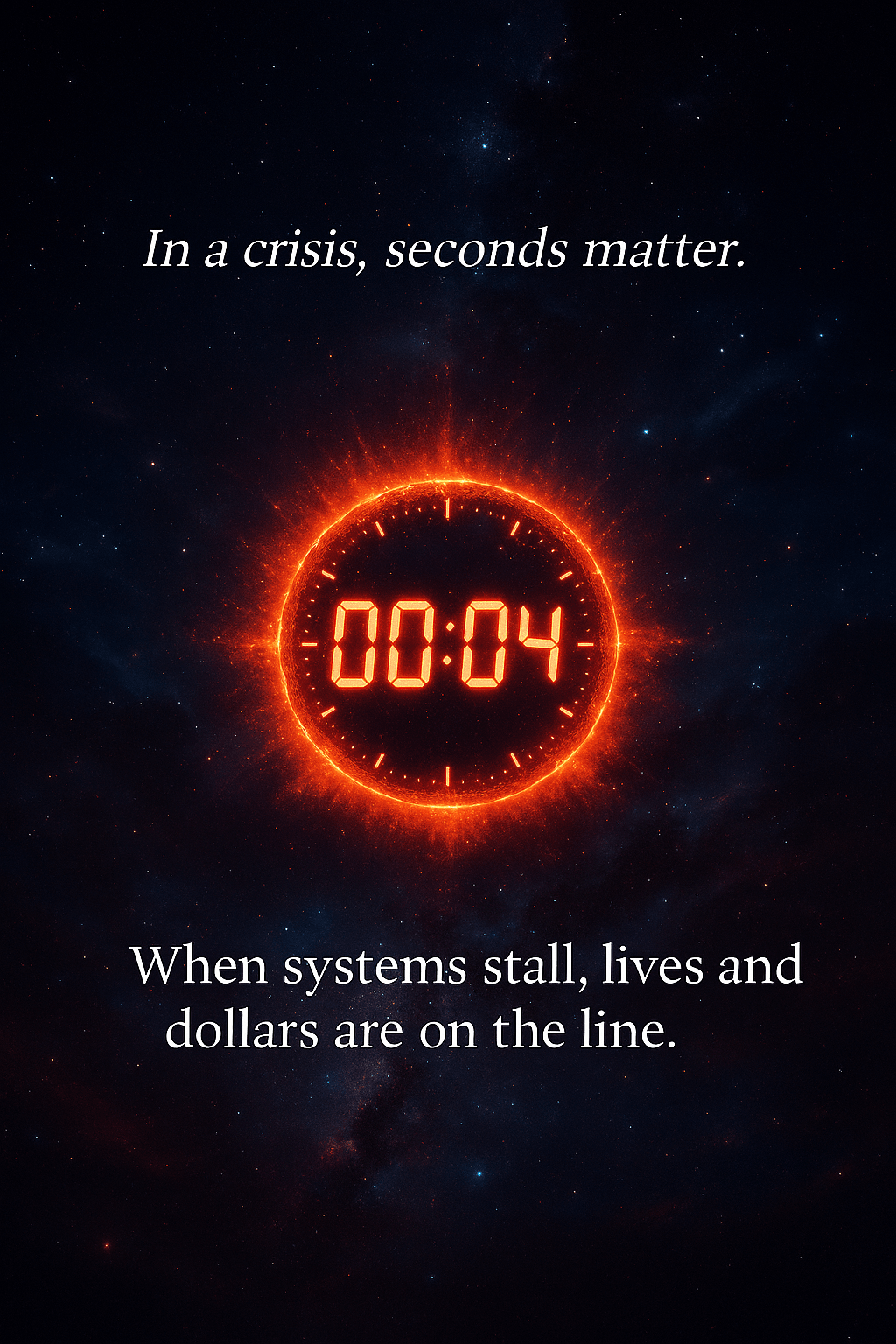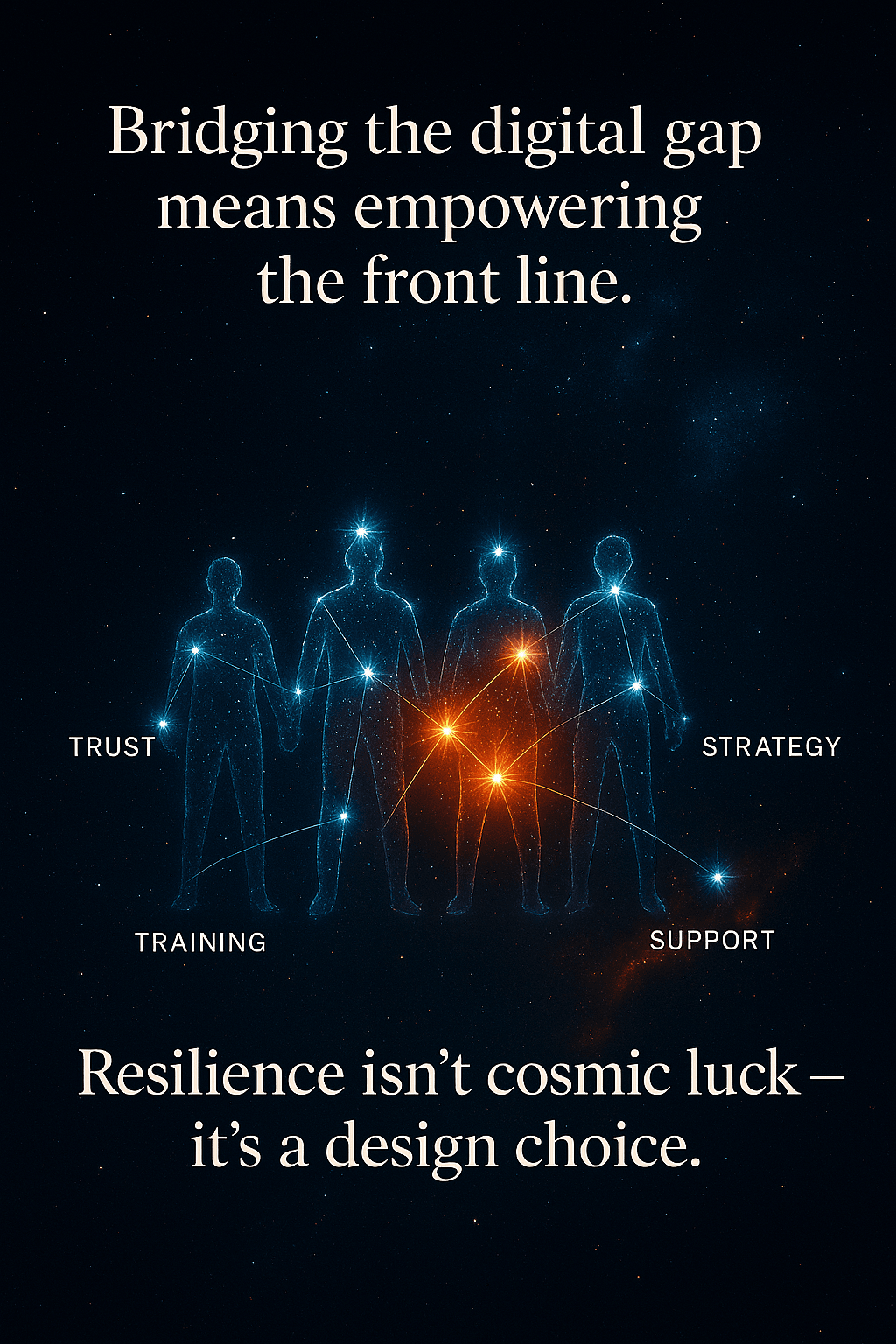Two rescue efforts. Two submerged vessels. One echoed with prayer and global breath-holding; the other, a tomb beneath icy waters sealed by silence.
In 2018, thirteen boys and their coach became trapped inside Thailand's Tham Luang cave system. Monsoon rains flooded the chambers unexpectedly. Days passed with no contact. Outside, locals tied Sai Sin — blessed string bracelets — to branches, whispered prayers, and waited. The Thai Navy SEALs tried. Then they stepped aside. Foreign cave divers arrived, swimming blind through twisting tunnels with unconscious boys tethered to their bodies. Each child was sedated mid-water without precise weight data — a desperate strategy devised in real time. It wasn’t safe. It wasn’t protocol. But it worked.
Contrast this with the 2000 Kursk submarine disaster. An explosion during a Russian naval exercise sank the vessel with 118 sailors aboard. Some survived the blast, huddled in darkness, writing farewell notes. Rescue capsules failed to dock. Foreign assistance was offered, then refused. Five days passed. When help was finally accepted, all aboard were dead.
Learning While Lives Hang in the Balance
The Thai divers didn’t arrive with a flawless plan — they learned with each attempt. Early in the mission, a conscious adult diver panicked in the narrow tunnels — and he could swim. That moment revealed how dangerous sedation would be… and how essential. The children were treated like fragile cargo, not passengers. Every wrong move could end a life.
Meanwhile, other strategies failed. Farmers sacrificed their rice fields to divert water from the cave. Their crops drowned — but their decision bought time. And time saved lives.
The Kursk had no such luxury. No time. No adaptation. Just cold silence as institutional pride delayed external help and rescue gear failed. Not because help wasn’t available — but because the response relied solely on its own systems, systems that proved incapable when tested by reality.

Silence vs Spin
Russia’s silence was stark. The public was kept in the dark. Grieving families were muted — even sedated on live TV.
Decades later, the Titan submersible implosion spun a different story. The public received oxygen countdowns and sonar “banging” reports — even though the U.S. Navy had detected the implosion hours after launch. Rescue was already impossible, but the illusion persisted.
“Silence can feel cruel. But misleading hope is its own kind of violence.”
Both responses reflect discomfort with truth. One chose silence to preserve control. The other chose optics over honesty. The difference isn’t morality — it’s choreography.

Expectation vs Reality
The Kursk sailors were trained professionals. They wore uniforms. They signed up for danger — but not abandonment. The Thai boys wore cleats and innocence. Their cave trip wasn’t reckless, just caught by nature’s shift.
One disaster was met with rigid denial. The other with fluid response. The difference wasn’t training. It was strategy born of humility.
The Clock Was Ticking
Neither mission began prepared. Both stared down death in real time. But only one adapted quickly enough to win.
Lives were at stake. Every second mattered. And when the plans crumbled, it wasn’t protocol that saved lives — it was people on the front line willing to risk everything for strangers.
“The rope that saves is often held by a stranger.”

Final Reflections: When the Test Is Real
Preparedness isn’t just about having systems in place — it’s about knowing whether those systems will hold when reality arrives. In Thailand, every option was explored. Divers adapted. Farmers flooded their fields. Protocols bent. Risks were taken. The strategy evolved with the crisis.
In Russia, the Kursk rescue relied on a single system — one that failed. Rescue capsules couldn’t dock. The emergency buoy had been disabled. Equipment described as “shoddy, obsolete and poorly maintained” sat idle while lives slipped away. Not because help wasn’t offered — but because the system chose not to accept it until it was too late.
“Lives were in the balance. And the line between risk and rescue was razor-thin.”
The Thai response showed a willingness to sacrifice — crops, comfort, even reputation — for the chance to save lives. The Russian response, by contrast, seemed to weigh sacrifice against optics. And in that calculus, the cost of action was deemed greater than the value of the lives at stake.
This isn’t just about two rescues. It’s about how systems respond when the moment demands more than protocol. When the test is real — not rehearsed, not theoretical — will your system adapt, sacrifice, and act? Or will it hold fast to pride and let the moment pass?
Because in the end, the difference between survival and tragedy isn’t always capability — it’s the courage to use it.
In a Crisis, Seconds Matter — and So Does the Front Line
Hospitals, airports, and emergency services rely on digital systems to function — but when disaster strikes, it’s not the tech that saves lives. It’s the people who know how to troubleshoot under pressure, improvise when protocols fail, and act without waiting for permission. That kind of readiness doesn’t happen by accident. It requires training, trust, and team support — not just tools.
When a virus is chewing through your data or a bug is crashing your capacity, every minute costs money.
“You don’t get to blame the front line when the system collapses — you built the system.”2
In the Kursk, the crew was left without options. In Thailand, responders were supported, resourced, and empowered to try different strategies — even unconventional ones. That’s the difference. Bridging the digital gap means ensuring frontline teams aren’t just equipped, but trusted to act and backed when they do. Because in a crisis, hesitation can cost lives — and resilience is a team sport.
Bridging the digital gap…

